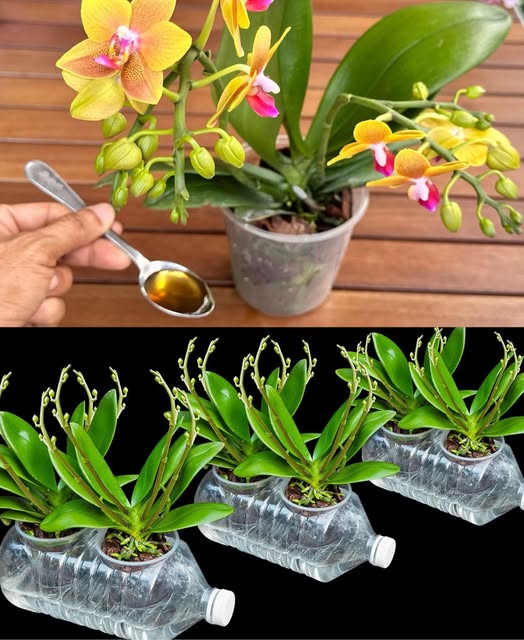Orchids are one of the most stunning and elegant flowers you can grow indoors, but they can be a bit finicky when it comes to blooming. If you’ve ever struggled to get your orchids to rebloom, don’t worry—you’re not alone. With the right care and techniques, you can encourage your orchids to produce beautiful flowers year-round. Here are some effective tricks to help your orchids bloom non-stop!
1. Provide the Right Amount of Light
Light is one of the most crucial factors in keeping your orchids blooming. Orchids thrive in bright, indirect sunlight. If your orchid is not blooming, it may not be getting enough light. Place them near an east- or south-facing window, but avoid direct sun exposure, which can scorch the leaves. If natural light is insufficient, consider using a grow light to supplement their needs.
2. Maintain the Ideal Temperature
Orchids need a balance of warm days and cooler nights to trigger blooming. Ideally, keep daytime temperatures between 65-75°F (18-24°C) and nighttime temperatures about 10°F (5°C) lower. This temperature drop encourages flowering, mimicking their natural habitat.
3. Water Correctly
Overwatering is one of the biggest mistakes orchid owners make. Orchids need a well-draining medium, and their roots should never sit in standing water. Water your orchid once a week, allowing the roots to dry out slightly between waterings. Use room-temperature water, preferably rainwater or distilled water, to avoid mineral buildup.
4. Use the Right Fertilizer
Feeding your orchids regularly is essential for continuous blooms. Use a balanced orchid fertilizer (such as 20-20-20) every two weeks during the growing season. Reduce fertilizing when the plant is resting, but never stop completely. A diluted solution will help maintain steady growth.











